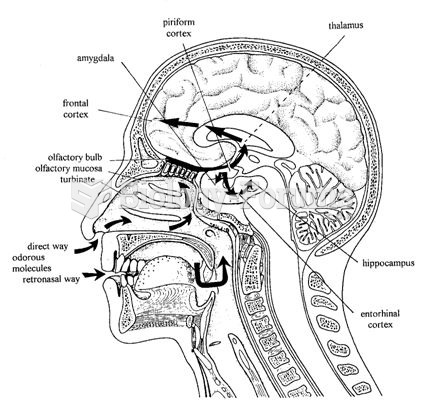Answer to Question 1
The media, including newspapers, magazines, television, and movies are powerful sources of gender stereotyping. Think of the impact that television might have on children if they spend one-third of their waking time watching it, as has been estimated. From children's cartoons to adult shows, television programs offer more male than female characters. Furthermore, the male characters act in a strikingly different manner from female ones. Male characters in both children's programs and adult programs are typically aggressive, constructive, and direct, while some female characters defer to others or manipulate them by acting helpless, seductive, or deceitful. Although attempts have been made by media watchdogs and some members of the media to eliminate sexism in children's programming, adult daytime and prime-time programs have received less scrutiny. Soap operas are a classic example of gender stereotyping.
Television and films influence our thinking about the appropriate behavior of women and men in the roles they play in everyday life. The competence of women to engage in certain kinds of activities, such as purchasing a vehicle, is often questioned and serves as the subject of laugh lines in popular situation comedies. Both married and single women are stereotyped in the media. Advertisingwhether on television and billboards or in magazines and newspapersfurther reinforces ideas about women and physical attractiveness. Television commercials may act as agents of socialization, showing children and others what women's and men's designated activities are.
Answer to Question 2
b







